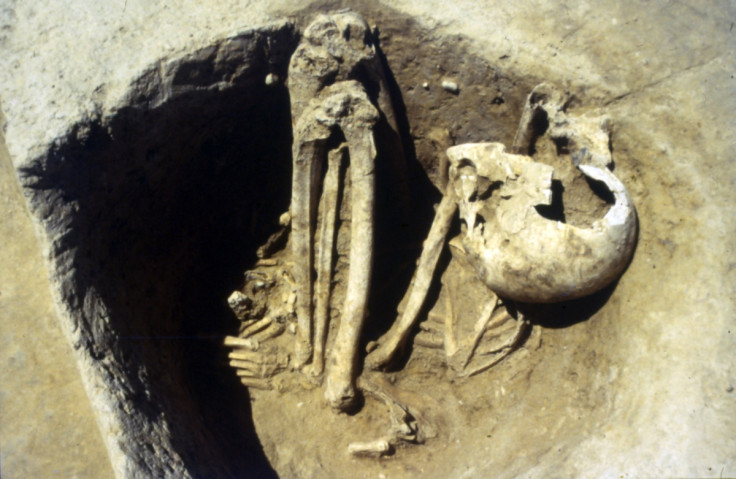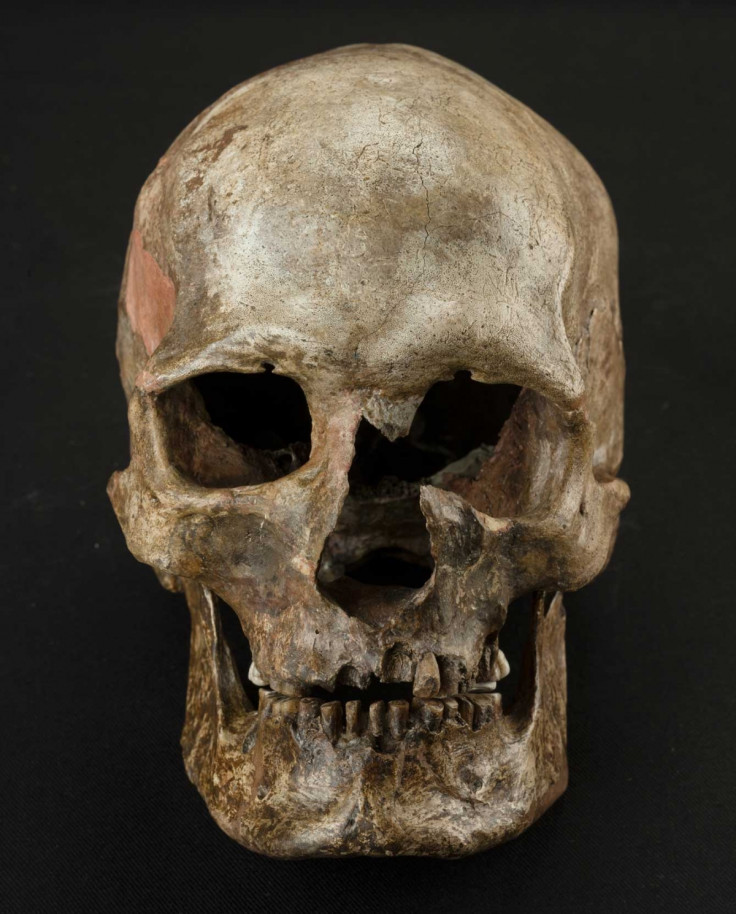Unknown chapter in human history: DNA reveals 'major population turnover' in Europe 14,500 years ago

Major climate changes 14,500 years ago caused big changes to the subsequent population of Europe in ancient times. Researchers analysed the DNA of early hunter-gatherers to find similarities between modern-day humans in Asia and Oceania, and the population of Europe thousands of years ago.
Until now, it has been unclear as to how the population of Europe changed following the last Ice Age. Researchers have now started to put the pieces together, and published their findings in the journal Current Biology. "There has been a real lack of genetic data from this time period," said Johannes Krause, lead author of the study. "So consequently we knew very little about the population structure or dynamics of the first modern humans in Europe."

Researchers studied remains of 35 hunter-gatherers from Italy, Germany, Belgium, France, Romania and the Czech Republic dating between 35,000 and 7,000 years ago. Two major findings were uncovered. Primarily, European populations were effectively replaced following rapid climate warming around 14,500 years ago.
It is not yet understood where this population came from, but the researchers suggest that maternal changes in population were the key driver. And rather than killing everything in sight, the new group instead integrated at a fast rate.
The next step was to look at nuclear DNA data to piece the puzzle together. They are to use this information to work out who these new people were and where they came from. "We uncovered a completely unknown chapter of human history: a major population turnover in Europe at the end of the last Ice Age," Krause said.

They also analysed each specimen on a smaller scale than cellular level. Their mitochondria genomes were reconstructed to reveal a certain genomic group, known as their haplogroup. They found that three specimens examined from Belgium and France have the same genetic make-up as those from modern-day Asia and Oceania. Their mitochondrial genetic group – haplogroup M – is basically non-existent in Europe today, suggesting that European hunter-gatherers with the M haplogroup must have either migrated thousands of years ago or were killed off.
"When the Last Glacial Maximum – or Ice Age – began around 25,000 years ago, hunter-gatherer populations retreated south to a number of [safe havens]," said , author on the study. "The consequent genetic bottleneck probably resulted in the loss of this haplogroup."
© Copyright IBTimes 2025. All rights reserved.






















